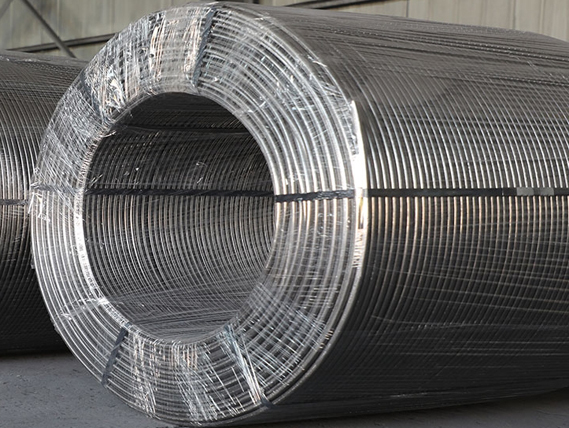
Steel is an extremely strong and versatile material used in a wide variety of products from buildings to cars. However, steel is susceptible to corrosion that can weaken it over time.
Calcium treatment is a method to control the composition and morphology of oxide inclusions in semi-killed steel. The objective is to avoid nozzle clogging during continuous casting by turning the solid sulfide inclusions into liquid calcium aluminates.
Structural integrity is the ability of a structure to maintain its load-carrying capacity, preventing damage and catastrophic failure throughout its predicted lifetime. It’s an important concept in construction, especially for large projects that involve a lot of materials and complex designs.
To ensure that a structure has the required integrity, engineers need to carry out structural inspections and maintenance to prevent any problems. These include things like corrosion, fatigue, and other factors that can compromise a structure’s safety.
It is also important to consider the environmental conditions that a structure will be subjected to. For example, high temperatures can reduce the strength of steel. This is why it’s crucial that engineers take into account these factors when designing a building or bridge. They should also conduct geological surveys and soil testing before planning any construction projects. This will help them choose the best materials for a project’s needs and avoid any issues with structural integrity.
Stiffness is the ability of a material to resist deformation. It is related to the elastic modulus and the molecular structure and bonding within a material. Stiffness is important because it determines how a material reacts to forces.
For example, a metal bar that is exposed to internal stresses will deform less than 1% of its original length before it breaks. On the other hand, a rubber-like rod-shaped polymer will deform much more when subjected to the same load. This is because the stiffness of the metal is higher than that of the polymer.
Engineers use stiffness as one of the main design criteria for mechanical systems and components that are required to withstand specific stress levels. The elastic modulus is directly proportional to stiffness. It is therefore possible to design a system with specified stiffness to withstand desired stress levels without excessive changes in its geometry. The tensile strength, compressive strength, shear strength and flexural toughness of a steel are all influenced by its stiffness.
Impact toughness is a key property of steels as it determines their ability to absorb energy during fracture. Normally, toughness decreases with increasing tensile strength. However, our duplex stainless steel has been shown to have extremely high impact toughness at low tensile strength levels due to the presence of the b-Mg17Al12 precipitates.
This is an important metallurgical advantage, as these precipitates help suppress profuse twinning during impact testing. This leads to much more crack deflection and blunts crack propogation, resulting in higher impact toughness.
The b-Mg17Al12 also improves the fracture mechanism of the steel by forming shear-type fractures rather than cleavage fractures. By carefully controlling the amount of Nickel and Vanadium in the alloy, it has been possible to achieve this result without compromising other critical properties such as strength or corrosion resistance. The b-Mg17Al12 particles also appear to enhance impact toughness by interfacial delamination between ferrite and martensite lamellae, as shown in optical images of impacted Charpy V-notch specimens.

Corrosion is a costly phenomenon that can significantly affect the reliability and safety of equipment. This is why choosing the right material to manufacture a product is crucial. A corrosion-resistant alloy can drastically reduce the frequency that a part needs to be maintained, saving companies time and money.
The corrosion resistance of a metal is defined as the ability to withstand degradation or deterioration caused by exposure to corrosive substances. The corrosion resistance of an alloy is directly related to its bulk chemical composition. For example, nickel-free stainless steel is more resistant to corrosion in reducing sulfur environments than one with nickel.
While some metals are naturally corrosion-resistant, most require additional protection from corrosive conditions. Passivation, chromate conversion and other methods can help to increase the corrosion resistance of a particular alloy. These coatings can also change the microstructure of a metal, improving its ability to form a protective oxide film. This can prevent the formation of small cracks and pits in the metal surface, which is known as knife-line attack.

Write a Message